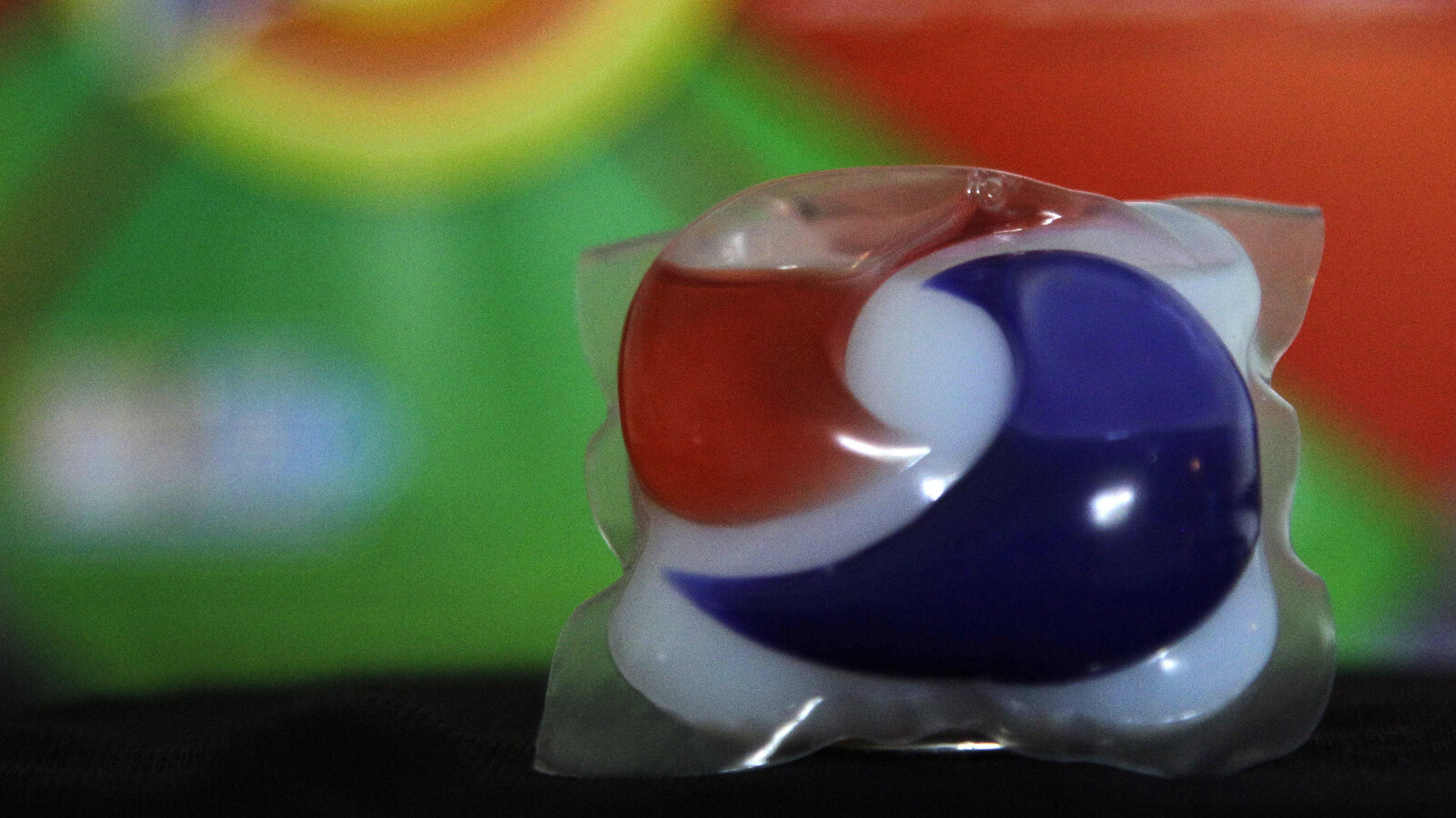Detergent Danger to Tots
"To require intensive-care management for something that is entirely preventable is a very big deal. This is not a rare event. We've likely identified just the tip of the iceberg in Canada."
"It was important to understand this problem in the Canadian context. We identified numerous cases across the country of children being harmed."
"The trouble is, this is highly concentrated detergent -- it's like eating an entire cupful of laundry detergent. You can imagine what that does to a little person."
"It can cause tremendous irritation of the oral cavity, it can cause lung injury as the frothy bubbles get into the lungs and cause serious damage to the airways."
Dr. Jonathon Maguire, pediatrician, researcher, St.Michael's Hospital, Toronto
"Should there be lack of compliance with the standard, or should the measures prove insufficient, Health Canada will take necessary further steps, including regulatory action, to protect the health and safety of Canadians."
Health Canada

Laundry detergent makers recently introduced miniature
packets, but doctors across the country say children are confusing the
tiny, brightly colored packets with candy and swallowing them. Pat Sullivan/Associated Press
But this represents only one manufacturer of these highly concentrated laundry detergents; apart from name-brand products there are the generic brands, and their focus is on popularity, advertising and sales, not particularly public health and the safety of small children. Canada is working with the U.S. Consumer Product Safety Commission in the development of voluntary new safety standards for these packets.
Of particular importance is opaque wrapping to deter children from being attracted to the candy-coloured detergent pods with their colourful stripes and invitation to grab and ingest them, since they do resemble candy to children. Since 2012, Health Canada had nine reports of "life-threatening, disabling or severe" injuries resulting from poisoning from detergent pods. No deaths have yet occurred.
In the United States more than 17,000 cases of accidental poisoning involving detergent pods were reported in a two-year period. There was an accounting of several hundred injuries, and one incident severe enough that it resulted in death. The objects are brightly coloured, they're shiny, spongy-liquid packets whose appearance to young children is similar to candy or toys. And toddlers are notorious for putting everything they come across into their mouths.
The pods are manufactured to sit within a water-soluble film, quick to dissolve for their household house as cleaners. But they also dissolve in a child moist hands, and certainly in a child's mouth. Children are known to swallow or burst the packets, with the detergent being spread on their skin or in their eyes, or swallowed to deleterious effect.
 |
The candy-striped packets are harming Canadian toddlers, causing chemical burns to the mouth and esophagus. And life-threatening lung inflammation is another danger. Researchers uncovered data leading to reports from Canadian pediatricians that 54 children were injured by exposure to laundry and dishwasher detergent pods. Most of the children were under two years of age.
And the injuries they sustained included nausea and vomiting, chemical burns to the skin, decreased heart rate and blood pressure, and loss of consciousness. Corneal damage also occurred and pneumonitis, a condition causing dangerous inflammation of the lungs leading to some children having to be placed on mechanical ventilators to breathe for them while their lungs were cleared of the detergents.
Dr. Maguire, medical director of the Canadian Paediatric Surveillance Program, which conducted the survey with the Public Health Agency of Canada, finds these statistics alarming, all the more so when with a little bit of forethought much of the prevalence of attraction-and-emergency can be avoided with a change in the end-stage manufacture of the items.
A steady rise in injuries from accidental poisonings in young children has been noted in other jurisdictions as well, since the single-load detergent packets began showing up on store shelves in 2012. This is an area where parents and guardians should be made fully aware of the potential danger to their children in the use of these products.
And should an effort not be made by the manufacturers to ameliorate the situation through a change in packing, consumers would do well to simply bypass the products rather than bring them into their homes.

AP Photo/Charles Rex Accidental
poisonings from squishy laundry detergent packets sometimes mistaken
for toys or candy can cause serious injuries to children.
Labels: Child Welfare, Health

0 Comments:
Post a Comment
<< Home